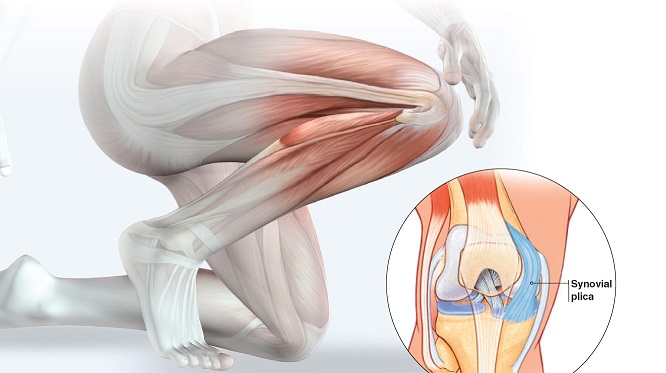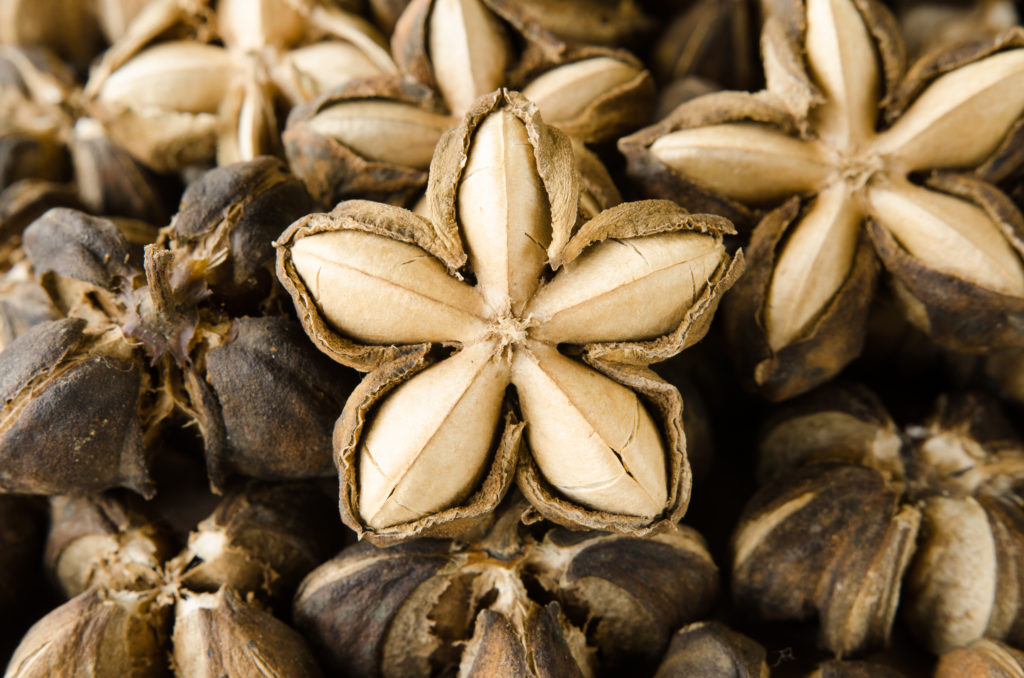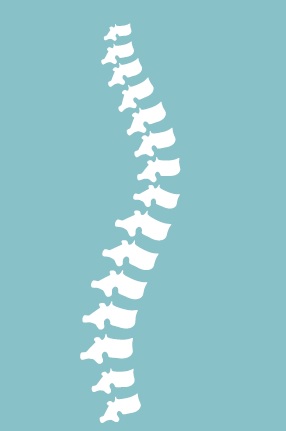Archive for December 2016
What Is Plica Syndrome?
Clients sometimes experience general pain in the knee during or after an exercise session, and while it's not within your scope of practice to diagnose, a broad understanding of issues that affect this important joint can be helpful. Here's a snapshot of plica syndrome.
Plica is a fold of synovial tissue that's a "remnant" of embryologic development. The knee is initially divided into three compartments by membranes, which are then resorbed by the third or fourth month of fetal life (Scuderi et al. 1997).
Bone Health and Plant-Based Diets
Do you embrace a plant-based diet? If you're avoiding dairy, do you get enough calcium—the best-known nutrient for healthy bones?
To build a sturdy frame, getting enough calcium and vitamin D is key. Matthew Kadey, MS, RD, a James Beard Award-winning journalist, Canada-based dietitian, freelance nutrition writer and recipe developer, gives you the low-down on these nutrients—and the plant foods that can help you get your fill.
Calcium
Read MoreFit-Tech Trends to Watch in 2017
Fitness technology is part of the fitness industry's "new normal," but it's changing rapidly. Many of the fitness technologies we saw at the beginning of last year have already morphed into new and improved devices and features. We should expect more exciting updates this year as fit-tech companies, app developers and tech-savvy fitness brands continue to iterate.
Read MoreObesity and Cancer Tie in Survey as Top Health Threat
Americans seem to understand the personal health risks of obesity, but widespread confusion persists about the causes and treatments of the disease, says a new survey from the American Society for Metabolic and Bariatric Surgery (ASMBS) and the independent research organization NORC at the University of Chicago.
Read MoreRecipe for Health: Cowboy Style “Meat” Loaf
Heralded as a pioneer of flavor-first, plant-forward cooking, chef Steven Petusevsky is driven by the desire to make healthier cuisine more craveable, creative, accessible and understood.
Read MoreAsk the RD
Question: A lot of people are talking about alkaline water. Does it help with all the things I have heard, like preventing cancer?
Read MoreAppetizers
Here’s a taste of what’s cooking in the nutrition world:
Read MoreQuestion of the Month
What “sandbags” are you using to shore up the obesity levee? What policies, programs, people, resources or strategies have been the most effective or helpful?
Share your story with swebster@ideafit.com.
Dieting Success May be Hard-Wired
Ability to self-regulate a healthy body weight may depend on individual brain structure, say scientists in a recent study examining connections between executive control and reward regions in the brain.
Obesity and dieting are increasingly common in contemporary society, and many dieters struggle to lose excess weight. A research paper in Cognitive Neuroscience reports that dieting success may be easier for some people because they have greater structural integrity in the white-matter pathway connecting the executive control and reward systems in their brains.
Food Porn is Centuries Old
When it comes to our preoccupation with depicting food as both inspirational and aspirational, human behaviors haven’t changed much since as far back as the 16th century. According to a new study by Cornell Food and Brand Lab Director Brian Wansink, PhD, and colleagues, exalting over-the-top meals and exotic ingredients isn’t just a social media phenomenon.
Read MoreBehavioral Science Underlying #Food Tweets
If #coffee, #beer and #pizza were the most-often tweeted food hashtags in the continental U.S. from February 2015 to March 2016, what does that say about our nation’s collective health?
Read MoreAmericans Spend Billions on Complementary Care
The market for services such as yoga therapy, meditation and other mind-body methods of complementary care, as well as complementary health products, continues to grow, according to survey data published by the Centers for Disease Control and Prevention.
Read MoreQuick Physician Consultations Help With Obesity
Studies have determined that primary care physicians tend not to discuss weight management practices with obese or overweight individuals. A new report suggests that a quick, 30-second discussion can offer significant, long-term benefits.
Read MoreLifting Weights Builds Mental Muscle
Older adults who have mild cognitive impairment or could be at risk for it may want to head for the weight room. A study by researchers in Australia has found that progressive strength training is helpful in boosting brain power.
Read MoreResearchers Question Effectiveness of Wearable Activity Trackers
The wearable activity market has seen significant growth in recent years, and the trend seems poised to continue. However, new information from Duke-NUS Medical School in Singapore suggests many buyers may not get their money’s worth—at least as far as health improvements are concerned.
Read MoreYoga and Tai Chi Offer Nondrug Pain Management
Complementary approaches like yoga, tai chi, acupuncture, massage therapy and relaxation techniques can help some people manage chronic pain, says a research review published in Mayo Clinic Proceedings (2016; 91 [9], 1292–1306). In the United States, chronic pain affects 126 million adults in any given year, with as many as 40 million of them suffering from severe pain. Leading disorders include back pain, joint pain, neck pain and headaches.
Read MoreWhy Those With Type 2 Diabetes Should Walk After Dinner
Reducing blood sugar levels is one step in managing type 2 diabetes, and some experts say walking regularly can help. A new study suggests that when walking takes place may make a difference.
Read MoreExercise Benefits Lung Function in Asthma Patients
Lung function decline is common among individuals with asthma. A recent report from researchers in Norway has suggested a link between physical activity and slower decline.
The scientists performed a linear regression analysis to estimate lung function decline in 1,329 asthma patients over an average of 11.6 years. Each participant reported data on his or her activity level and intensity during the last year of the study.
Researchers Warn Seniors: Avoid High-Intensity Exercise
High-intensity exercise is all the rage these days. But for some—particularly, older adults—too much intensity may do more harm than good, warns a new study.
The study’s primary purpose was to understand the effects of various forms of leisure-time physical activity on the cardiovascular health and mortality rates of older adults. To determine these effects, researchers studied the records of 3,298 individuals. Their average age at enrollment was 69, and the median follow-up period was 17 years.
Social Activities and Health Literacy
Does one key to better health and wellness lie in social behaviors like voting and volunteering? Researchers behind a report published in BMC Public Health (2016; DOI: 10.1186/s12889-016-3621-9) think so.
Read More


















